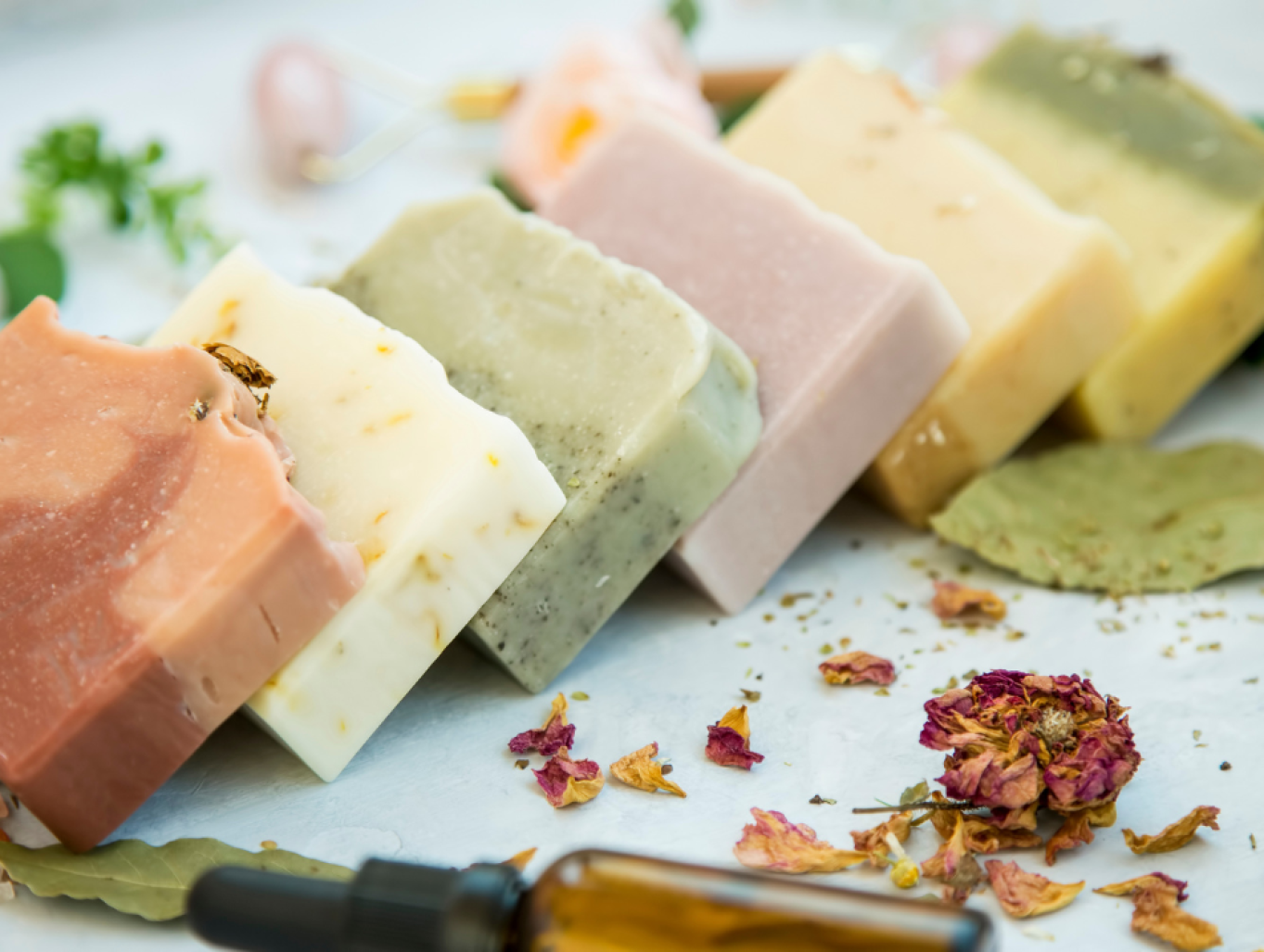Which Plants Give the Best Yield and How to Extract Them Best
When it comes to distilling for the extraction of essential oils from different plants, have we ever wondered what factors really influence the effectiveness of the process? It is surprising how the plant species, the freshness of the material and the distillation method can make a difference. Extractors and distillers for essential oils today represent an ideal method for obtaining pure and complete products in a current of steam, if used with attention to the characteristics of the plant in use.
1. Lavender (Lavandula angustifolia)
How to make lavender essential oil? and essential oils properties table! Lavender, one of the most appreciated plants, is famous for its high yield. In fact, using a good quality extractor, it is possible to obtain up to 1-1.5 kg of essential oil from about 100 kg of fresh plant material. This translates into an astonishing yield of about 1-1.5%. Lavender is one of the plants that requires moderate temperatures and low pressure, which keeps the volatile active ingredients intact, producing an essential oil rich in linalool and linalyl acetate, essential for its calming properties.
2. Rosemary (Rosmarinus officinalis)
Rosemary produces essential oils with stimulating and tonic properties. The yield of rosemary essential oil is generally lower than lavender, between 0.5% and 1% of the weight of the fresh material. Low-pressure distillation helps extract compounds such as cineole, camphor and borneol in ideal quantities.
3. Peppermint (Mentha piperita)
Peppermint yields relatively good results, with an average extraction of about 0.7-1% of the weight of the fresh material. Using temperature and pressure controlled stills, the extractor is able to capture a high content of menthol, the main component that gives peppermint essential oil its refreshing and digestive properties.
4. Rose (Damask Rose)
Damask rose is one of the most valuable and complex plants in terms of yield: the amount of essential oil extracted is in fact very low, often less than 0.03% of the weight of the fresh material. This means that thousands of petals are needed to obtain even just a few milliliters of essential oil. However, quality extractors are able to capture the entire aromatic spectrum of this delicate plant, enhancing components such as geraniol and citronellol.
5. Eucalyptus (Eucalyptus globulus)
Eucalyptus produces a generally good quantity of essential oil, between 1% and 2% of the weight of the fresh plant. The distillation of this plant, thanks to low pressure extractors, allows to obtain an essential oil rich in eucalyptol (1,8-cineole), renowned for its decongestant and antiseptic properties.
6. Tea Tree (Melaleuca alternifolia)
Tea tree is another plant that offers a high yield, varying between 1% and 2%. The extraction process, if well calibrated, allows to maintain the antiseptic qualities of tea tree, rich in terpineol and other active compounds.
Yield, Plants and Techniques for Pure and Complete Oils
The yield of essential oils varies greatly not only from plant to plant but also based on the quality of the extractor and its settings. A good extractor allows you to keep the therapeutic properties as intact as possible, since it allows you to set a low pressure and temperature, essential to not alter the aromas and active ingredients of the oils. For those who want to extract quality essential oils, investing in a high-end extractor is essential: the results obtained will be richer and faithful to the original aroma of the plants, also offering a greater yield.







